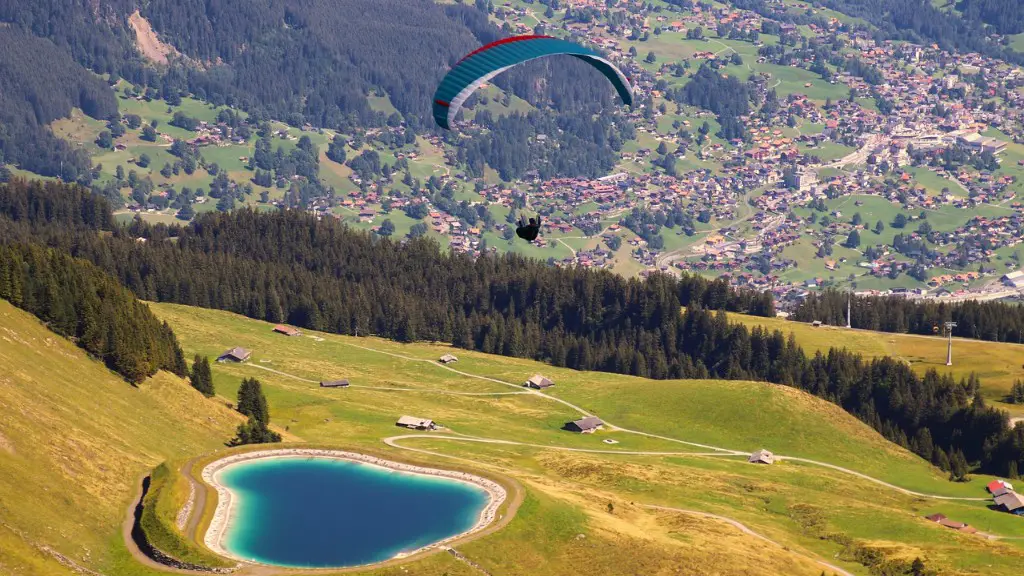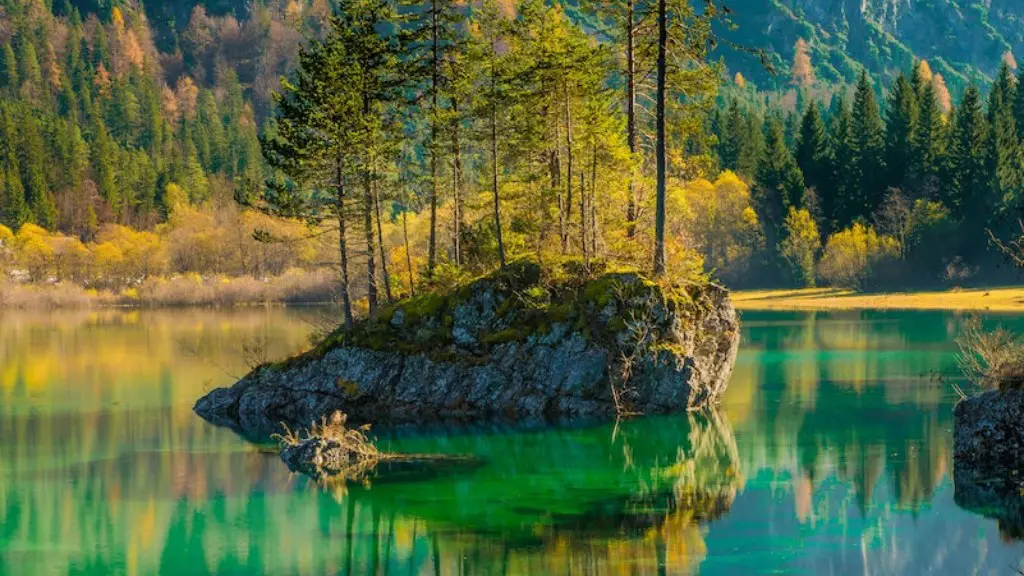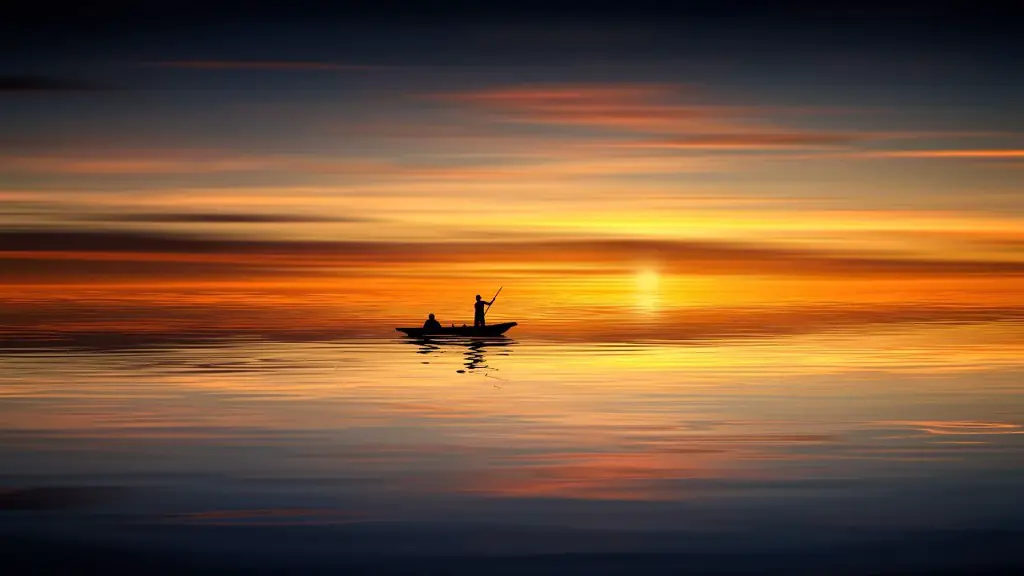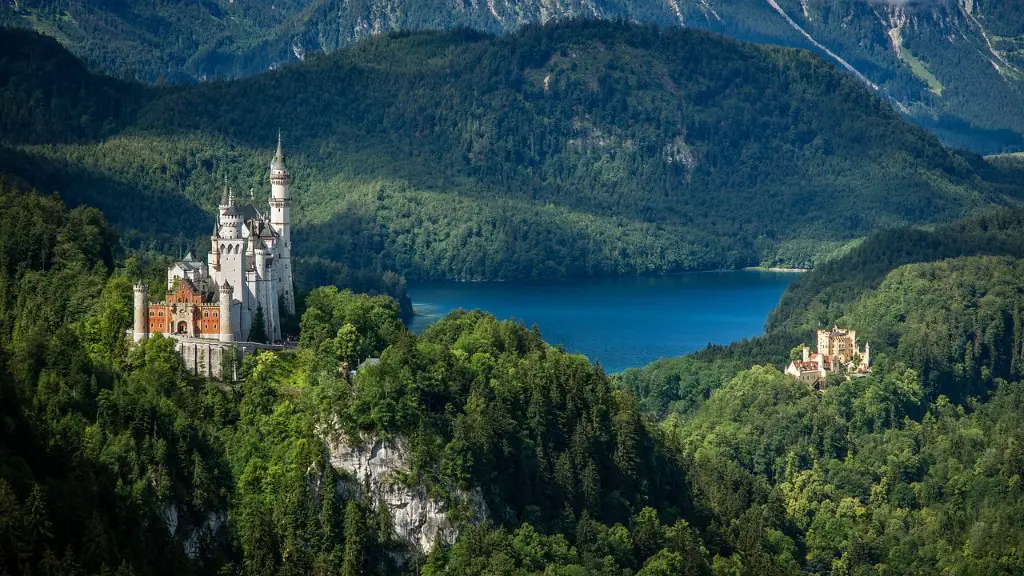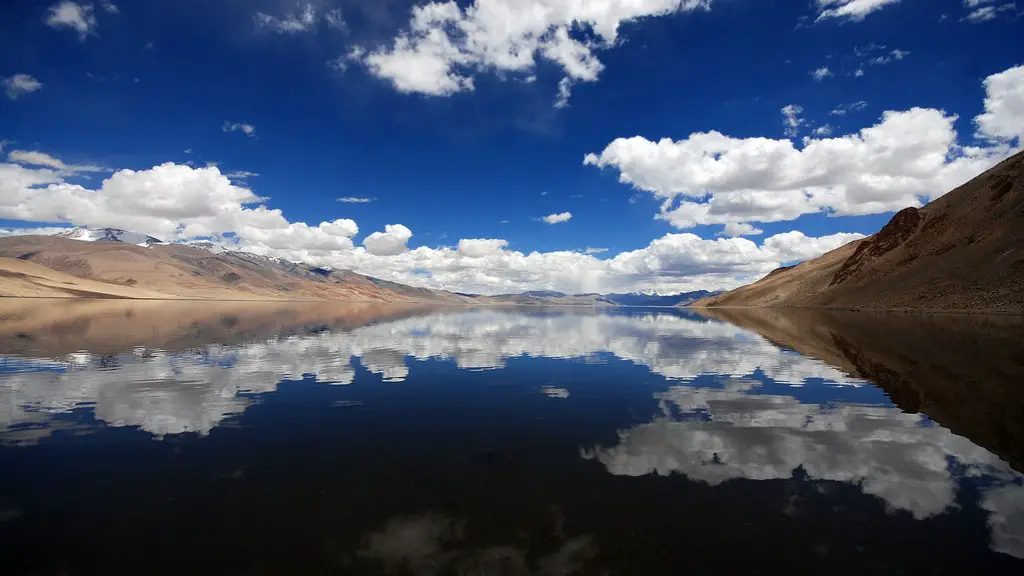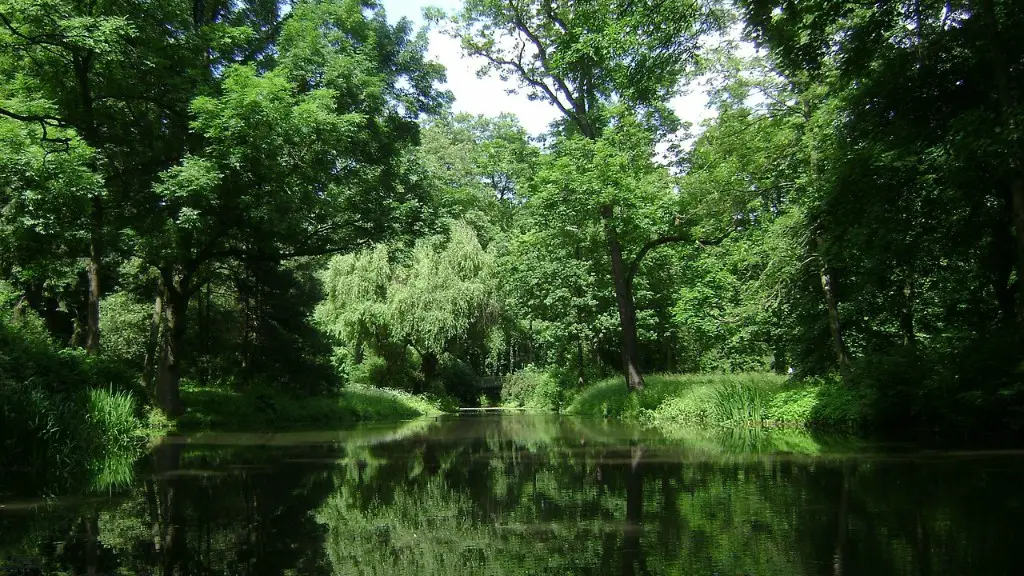Crater lake is located in the state of Oregon in the USA.
Crater Lake is in southwest Oregon, in the Cascade Range.
What city and state is Crater Lake in?
Crater Lake is one of the most beautiful and popular tourist destinations in Oregon. The lake is located in a caldera, or volcanic basin, which was created when the 12,000 foot (3,660 meter) high Mount Mazama collapsed 7,700 years ago following a large eruption. The lake is known for its deep blue color and stunning views. Visitors can enjoy hiking, camping, fishing, and other activities in the area.
If you’re looking to visit Crater Lake, Medford, Eugene, and Bend are all great places to start your journey! All of these cities are much closer to Crater Lake than Portland, making them more convenient stopping points on your trip. Plus, each of these cities has its own unique charm that you’re sure to enjoy. So whether you’re looking for a relaxed atmosphere or a more active scene, one of these cities is sure to fit the bill.
Why is Crater Lake so famous
Crater Lake is the deepest lake in the United States, with a depth of 1,943 feet. It is also one of the deepest lakes in the world. The depths were first explored in 1886 by a group from the US Geological Survey.
Crater Lake is an amazing place and a must-see for anyone visiting Oregon. It is the deepest lake in the United States and the seventh deepest lake in the world, and its beauty is simply breathtaking. The lake is surrounded by the Cascade Mountains, which make for a stunning backdrop, and there are plenty of hiking trails in the area for those who want to explore.
What is the best time of year to visit Crater Lake?
If you’re hoping to catch a glimpse of Crater Lake in all its glory, the best time to visit is during the summer months of July, August, and September. That’s when the park is usually fully open, with all roads, trails, and facilities available to visitors. May and June can be nice times to visit as well, as the transition from winter to summer slowly takes place.
If you’re looking to take a dip in Crater Lake, there’s only one place you can do so safely and legally. Cleetwood Cove Trail usually opens mid to late June, so plan your trip accordingly!
Where do people stay when they visit Crater Lake?
Crater Lake Lodge is the only in-park lodging option open year-round, weather permitting. It is located at the Rim Village, just a short walk from the caldera. The lodge has 71 rooms, most with a spectacular view of the lake.
The Cabins at Mazama Village are available from mid-June through early October. The village is located seven miles from the Rim Village, and shuttle service is available. The cabins are basic, but comfortable and clean. There are also a few RV sites available at Mazama Village.
There are many lodging options available near Crater Lake National Park. The next closest options are in Chemult (42 miles away), Shady Cove (55 miles), and Klamath Falls (57 miles). There are also many other lodging options beyond these, so you should be able to find something that meets your needs.
Is Crater Lake Worth Visiting
Crater Lake National Park is a gem in southern Oregon. The deep blue water and panoramic views from the summit are breathtaking. There are plenty of activities to keep you busy, from hiking and biking to fishing and swimming. Whether you’re looking for a relaxing getaway or an adventure-packed vacation, Crater Lake National Park is the perfect destination.
Crater Lake is truly one of the seven wonders of the world. The blue of the water and the caldera walls is breathtaking. It is a great place to hike, camp, and just enjoy nature.
What lives at the bottom of Crater Lake?
Researchers have discovered colonies of moss and bacteria living at the bottom of Crater Lake. This is perplexing because almost no nutrients are at the bottom of this nearly 2,000-foot lake, yet these organisms are thriving. This discovery could have implications for other nutrient-poor environments on Earth and even beyond our planet.
Crater Lake is an interesting place because it is a collapsed volcano. The volcano, Mount Mazama, formed half a million years ago and erupted around 7,700 years ago. It is amazing to think about how long ago this happened and how the crater lake was formed.
Is Crater Lake drinkable
The park has a water claim for the lake to ensure the preservation of all natural habitats and the conservation of scenery. The water is not for human consumption.
If you’re looking for a pristine place to fish for salmon and trout, look no further than Crater Lake. This breathtaking setting is believed to have been fish-free until the late 1800s, when six species were introduced. today, only two of those species remain – Kokanee salmon and rainbow trout. Whether you’re looking to catch your dinner or just enjoy a peaceful day surrounded by nature, Crater Lake is the perfect place to cast your line.
How many waterfalls are at Crater Lake?
Crater Lake National Park is home to many stunning waterfalls, including Vidae Falls, Plaikni Falls, and Duwee Falls. These falls are fed by the freshwater of Crater Lake and offer visitors a breathtaking view. Visitors can hike to see the waterfalls up close or enjoy them from a distance.
Crater Lake is a beautiful place that is definitely worth visiting for at least a day. The drive to get there can be long, but once you arrive it is totally worth it. There are many different things to do in the park, so you definitely won’t be bored. Plus, the views are incredible and there is nothing like seeing the sun set over the lake. If you can, spend a night in the park so that you can experience it all!
Final Words
Crater Lake is located in the Siskiyou Mountains of western Oregon in the United States.
Crater Lake is located in the U.S. state of Oregon. It is the main feature of Crater Lake National Park and is famous for its deep blue color and water clarity.
